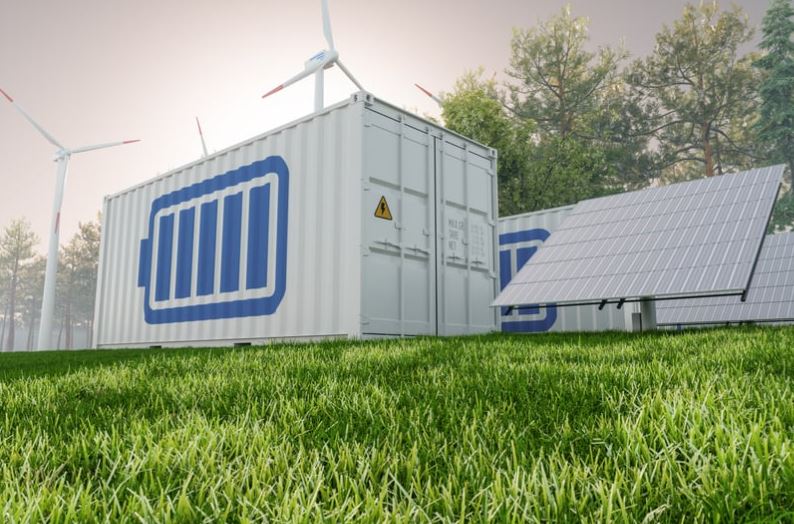Staffordshire’s burgeoning battery energy storage sector is under scrutiny as the local commissioner Ben Adams raises concerns over potential risks associated with these facilities.
In recent years, the county has become an attractive location for energy storage projects due to its strategic positioning and renewable energy initiatives. However, questions about safety and local environmental impact persist.
The battery energy storage market has seen rapid growth, with global installations projected to reach 15.1 gigawatts by the end of 2023, according to the International Energy Agency. This trend is mirrored in Staffordshire, where low-carbon energy projects are increasingly part of the local landscape.
At the core of the commissioner’s concerns are safety incidents that have occurred at similar facilities worldwide. Data from the Australian National University highlight instances of battery fires and hazardous smoke emissions, bringing into question the robustness of current safety protocols. Additionally, the UK’s Health and Safety Executive has noted the unique risks posed by lithium-ion battery storage, including thermal runaway and chemical exposure.
The impact of battery energy storage facilities extends beyond immediate safety risks, touching on broader environmental challenges. Land use changes and potential alterations to local ecosystems are pivotal considerations. Recent studies published in the Journal of Cleaner Production suggest that while battery storage can significantly cut carbon emissions, it may also necessitate increased materials mining and waste management efforts.
Firstly, enhancing safety standards through stringent regulatory requirements is crucial. The National Fire Protection Association is already pioneering research into improved fire suppression systems for battery storage units. Moreover, adopting more environmentally friendly battery chemistries could reduce adverse ecological impacts. Industry leaders are urged to invest in recycling infrastructure to mitigate the end-of-life challenges of battery technology.
Stay updated on the latest in energy! Follow us on LinkedIn, Facebook, and X for real-time news and insights. Don’t miss out on exclusive interviews and webinars—subscribe to our YouTube channel today! Join our community and be part of the conversation shaping the future of energy.





